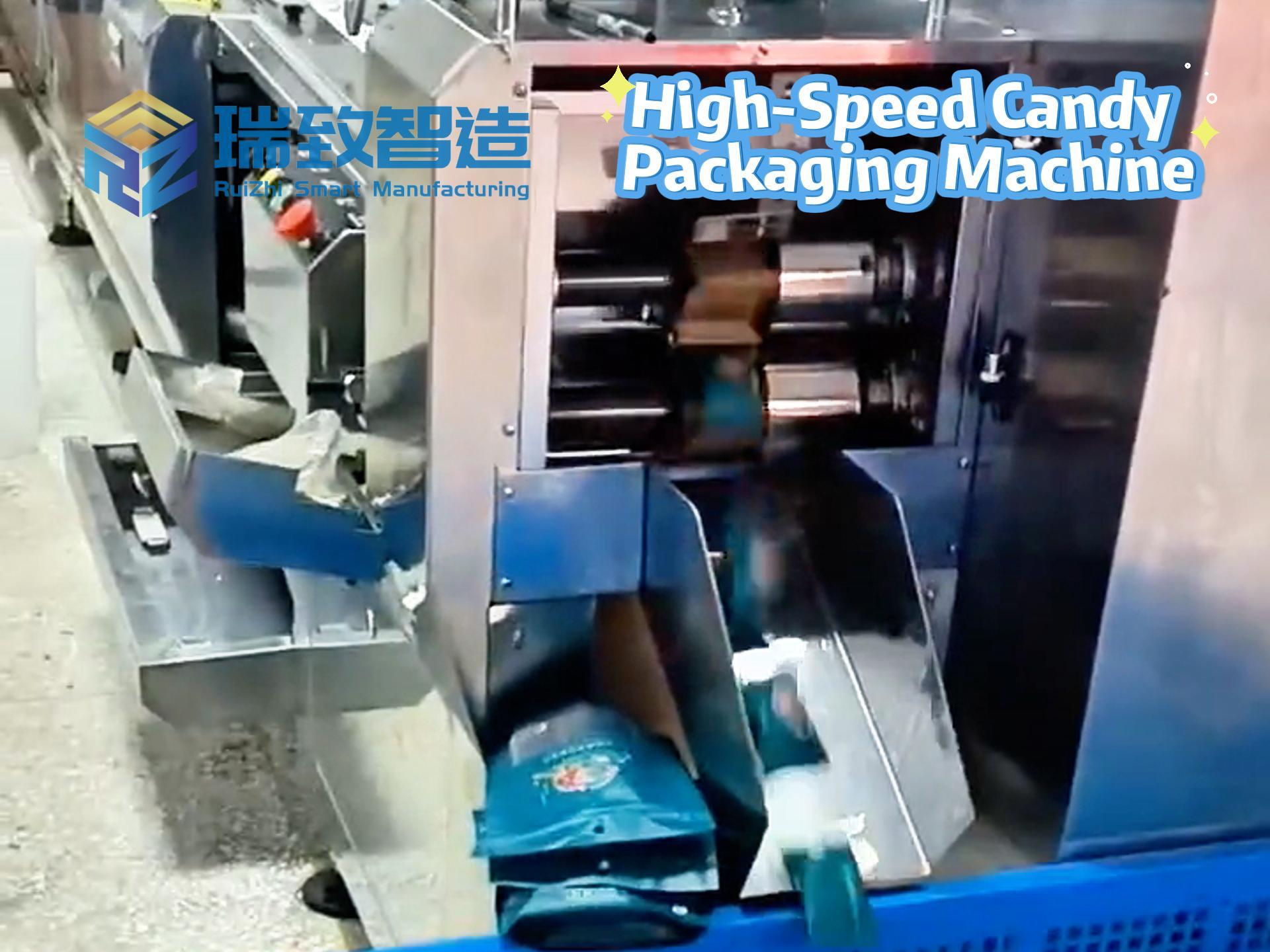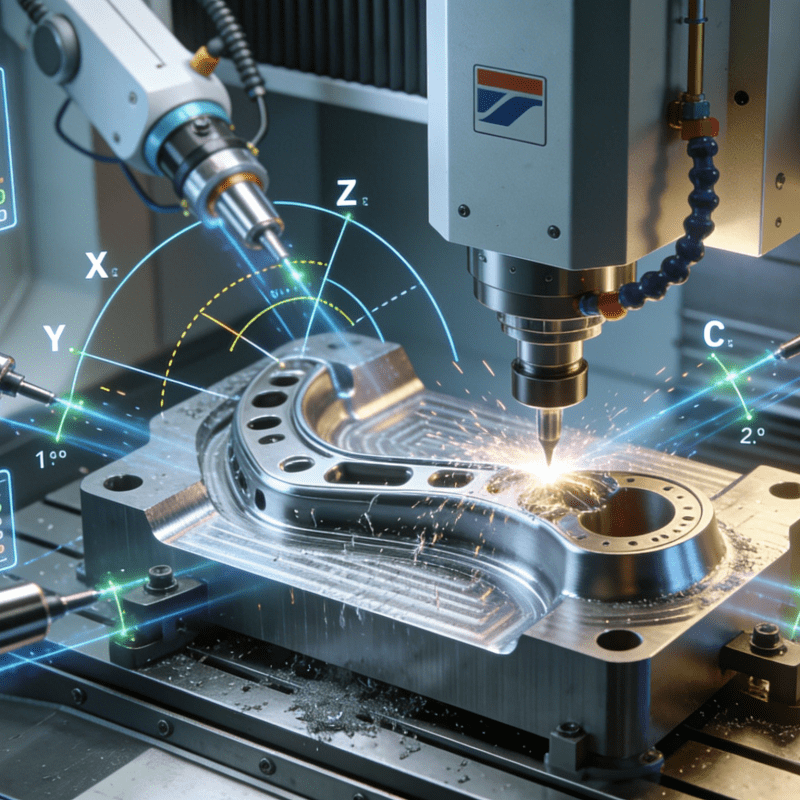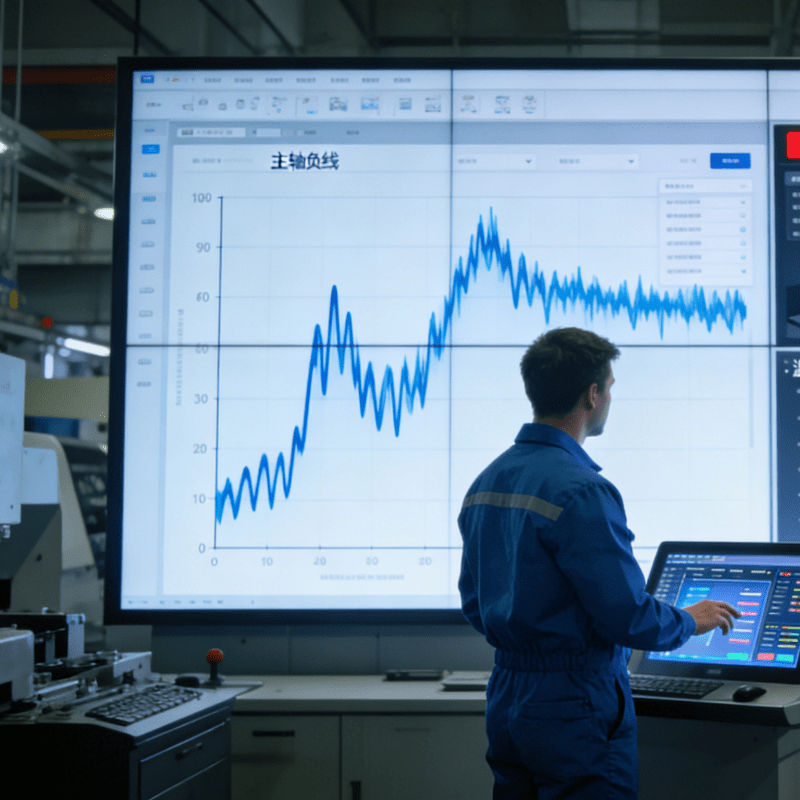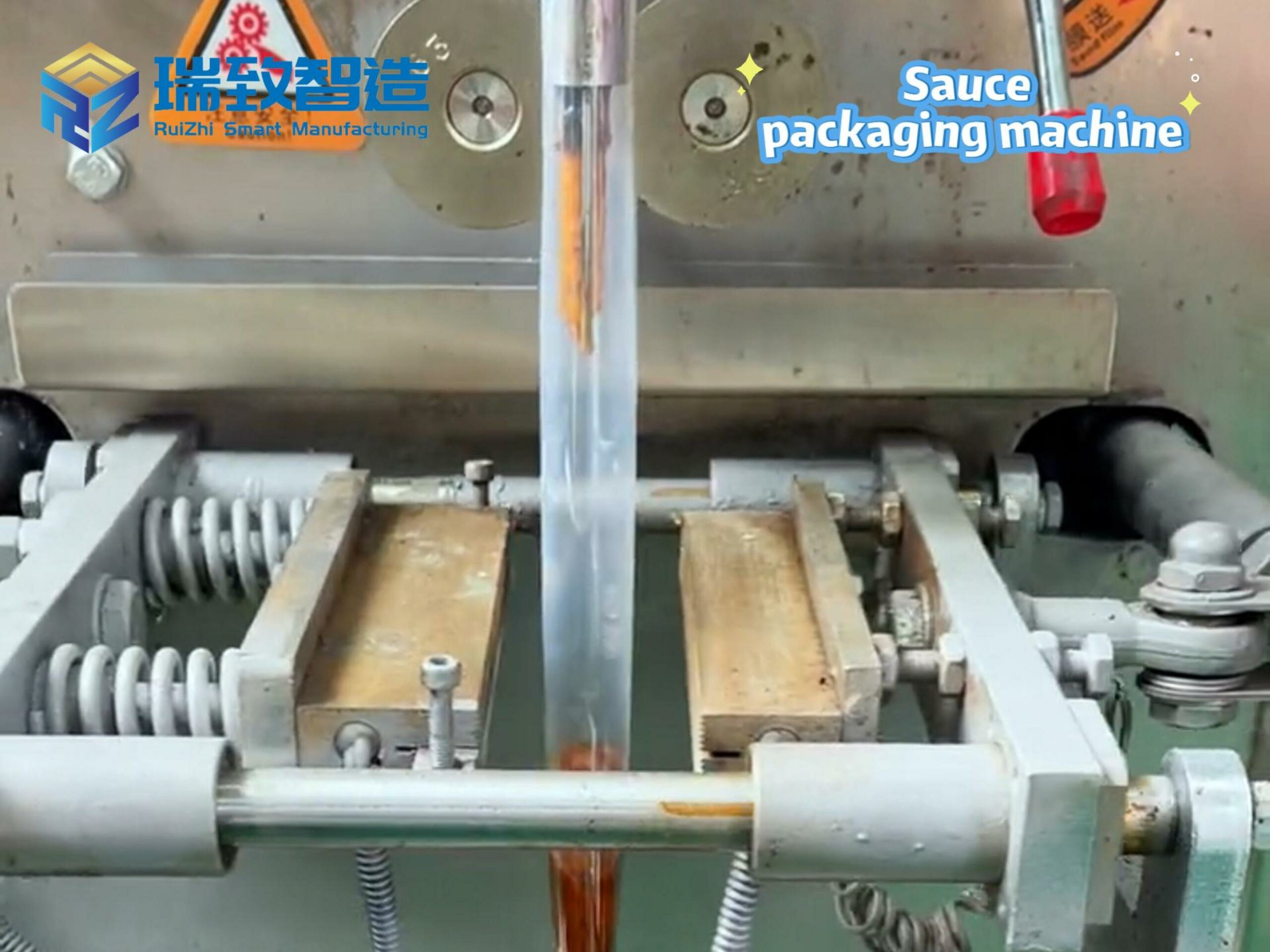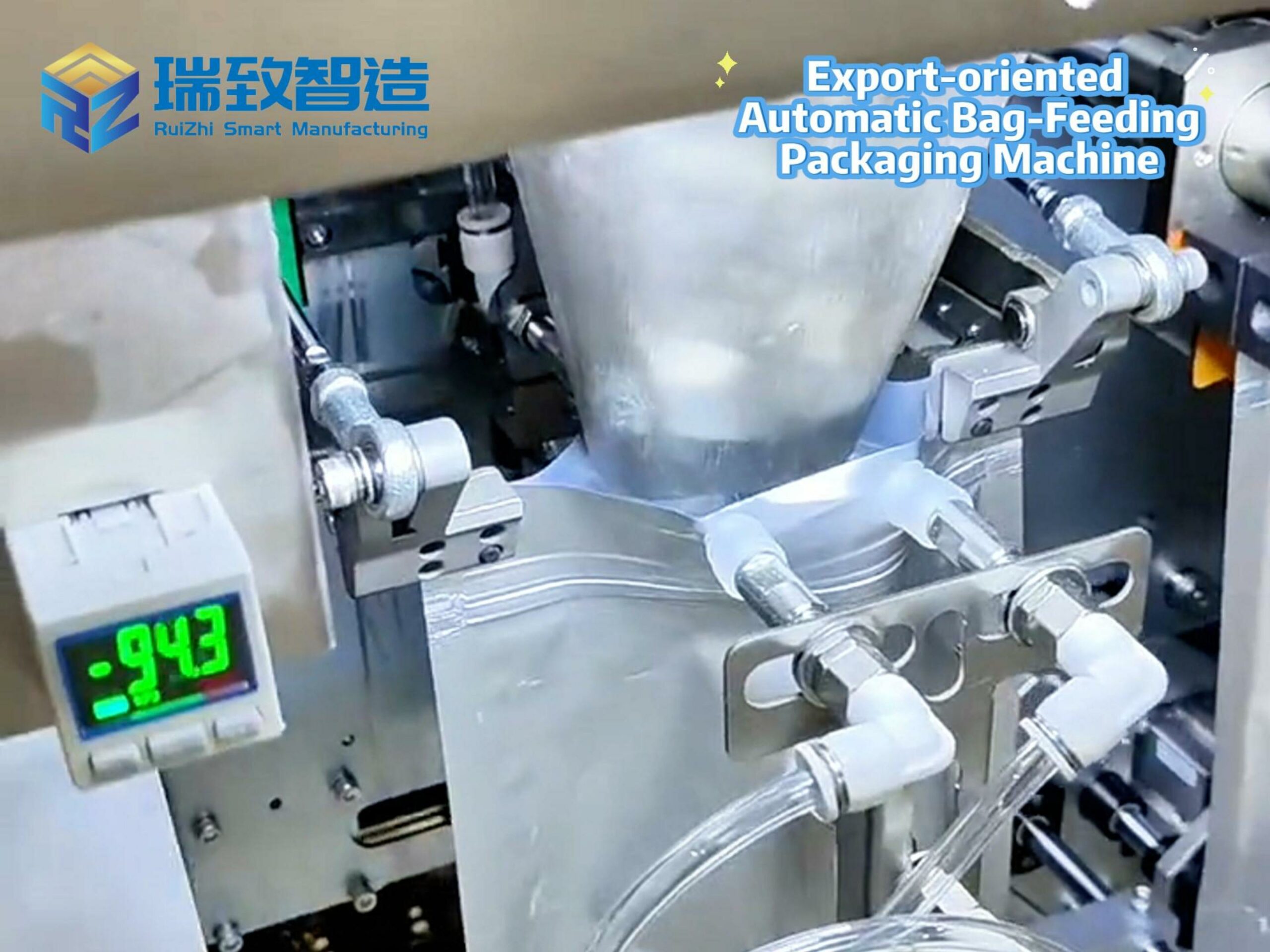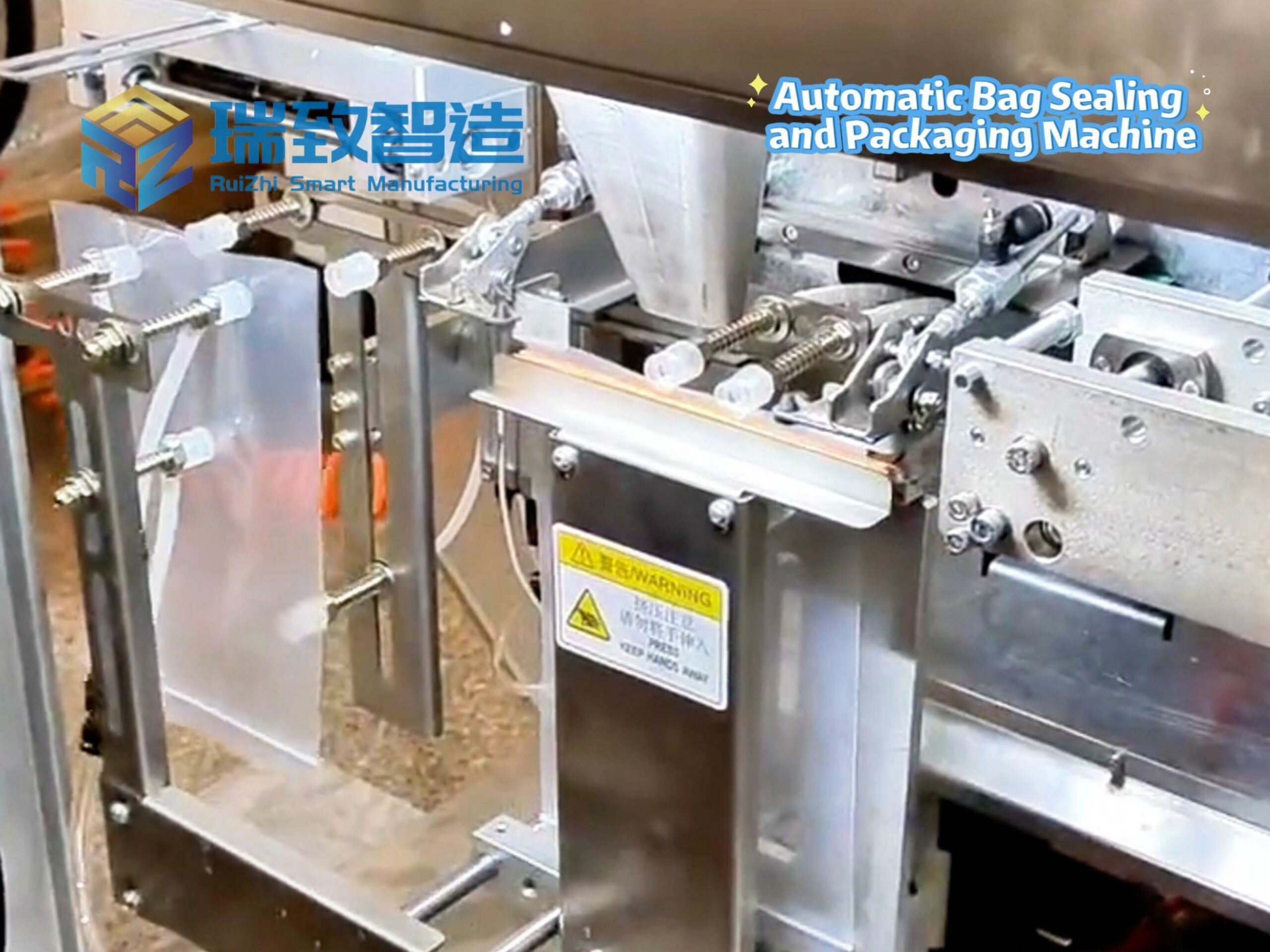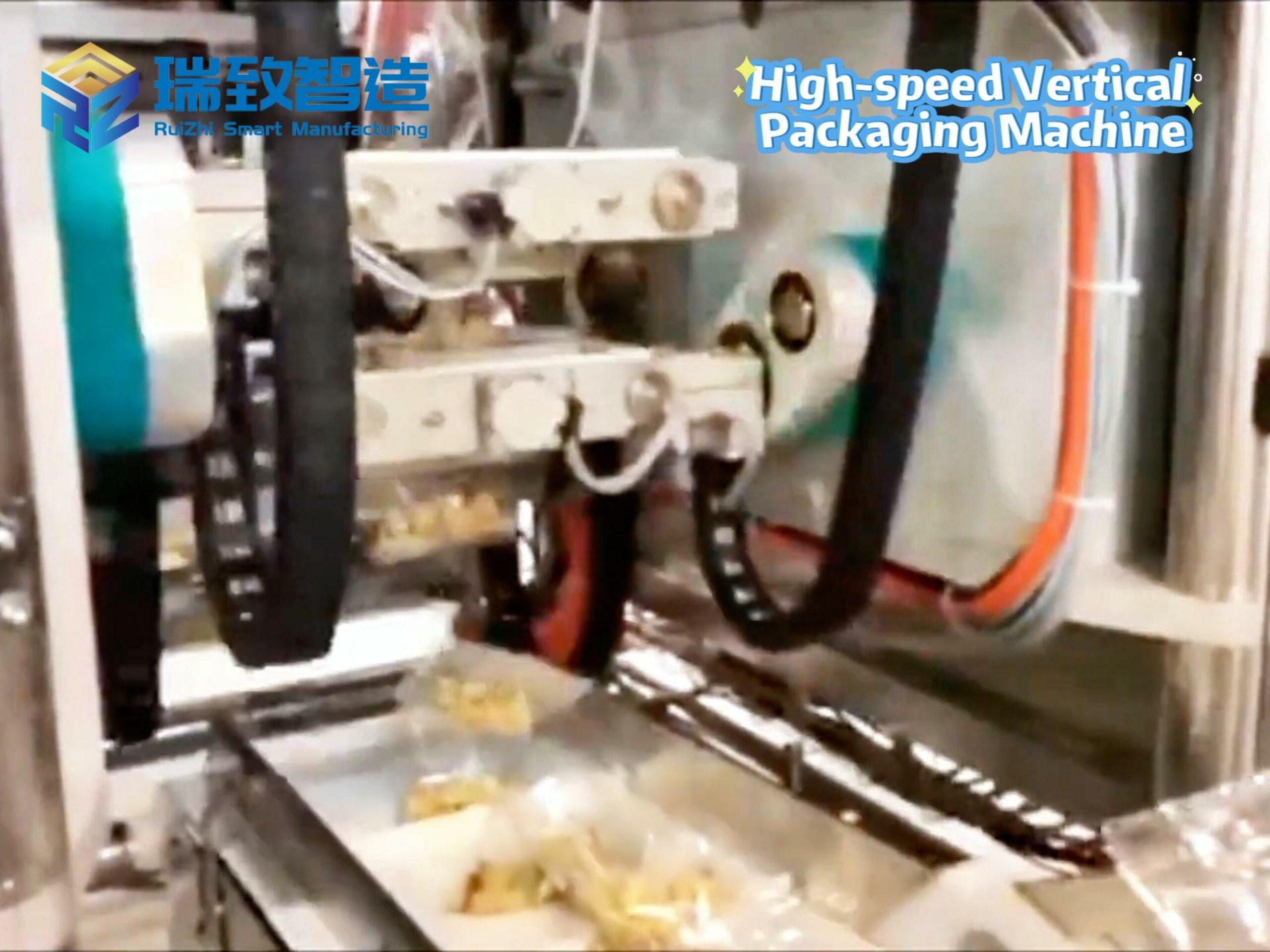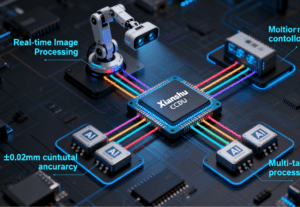
Series B+ Financing: A “Star-Studded” Investor Lineup of Industrial and State-Owned Capital
Recently, Shanghai Xianshu Semiconductor Technology Co., Ltd. (hereinafter referred to as “Xianshu Semiconductor”) completed its Series B+ strategic financing, with joint investments from “powerhouse” investors including China Mobile Hechuang Investment (affiliated with China Mobile), Pudong Venture Capital Group, Zhangjiang Technology Investment, Zhangke Yaokun, Yuanhe Holdings, and Leadshine Technology. The funds raised will be focused on chip R&D for robot applications, large-scale implementation of solutions, and active deployment in the robot industry chain, helping China gain global discourse power in the era of intelligent robots.
A closer look at the investor lineup reveals a “star-studded” list: China Mobile, one of the telecommunications giants; Leadshine Technology, a leader in motion control; two Shanghai-based “state-owned giants”—Pudong Venture Capital Group and Zhangjiang Technology Investment; and Yuanhe Holdings, controlled by the state-owned capital of Suzhou Industrial Park and with shares held by Jiangsu provincial state-owned capital. This “gathering” of industrial capital and state-owned capital is not only financial support in real terms but also a “potential certification” label for Xianshu Semiconductor, demonstrating capital’s full confidence in its technical strength.
In fact, Xianshu Semiconductor’s “radiance” has long been noticed by the market. Prior to this round of financing, industrial players such as Dongfang Electronics, Sanwang Qitong, and Megmeet, as well as investment institutions including Taiming Capital, Paradise Silicon Valley, Chuangtu Jungle, Linkflow Investment, Tsinghua Holdings Jinxin Capital, and Shanghai Free Trade Zone Fund, had already invested in the company.
Domestic Pioneer in High-Performance MCUs: Breaking “Chokepoints” with Veteran Teams
As the Chinese saying goes, “Among hundreds of boats vying for the current, the one that rows hard leads the way.” Xianshu Semiconductor’s name embodies a spirit of perseverance.
Since its establishment in June 2020, Xianshu Semiconductor has aimed to break through overseas technical barriers and solve the “chokepoint” problem in the chip field. It is committed to the integrated circuit design of high-performance embedded solutions and is the world’s first company to develop high-performance MCUs with RISC-V cores.
Such rapid development would not be possible without a “dream team.” Zeng Jintao, founder and CEO of Xianshu Semiconductor, has over 20 years of experience in internationally renowned MCU companies and a deep understanding of industry technical trends and market demands.
With such a leader at the helm, team members are also “battle-hardened.” The company’s core R&D team comes from world-renowned semiconductor companies, with over 15 years of industry experience, and has collectively led the R&D and management of more than 20 SoC projects. The marketing and sales team, drawn from world-leading semiconductor distribution companies, has managed annual sales of nearly 1 billion US dollars in semiconductor components and served more than 5,000 customers in China, laying a solid foundation for product marketization.
Based on its top-tier R&D capabilities, experienced core team, and rich accumulation of industrial resources, Xianshu Semiconductor has mass-produced eight series of high-performance general-purpose MCU products. These products outperform international counterparts in terms of performance and versatility, have passed AEC-Q100 certification, and cover key fields such as industrial automation, robotics, automotive electronics, and new energy.
Robot-Centric Chip Strategy: HPM Series Empowers Precision and Efficiency Across Scenarios
Chips are the core hardware foundation for robots to achieve intelligence and autonomous operation. Like a brain, they provide powerful computing power, helping robots quickly “understand” home scenes captured by cameras, “hear” human voice commands, and process obstacle data sensed by radar in real time. At the same time, like a nerve center, they enable robots to “think” with AI reasoning capabilities and control movements with precision and flexibility. More importantly, chip performance determines a robot’s “capability ceiling”: high-computing-power chips support multi-task processing (vision, hearing, touch) to adapt to complex embodied intelligence scenarios, while low-power chips allow inspection robots to work outdoors for longer periods with “greater endurance.” Undoubtedly, chips are the “core confidence” for robots to achieve intelligence.
In the robot track, Xianshu Semiconductor has demonstrated foresight in “preparing for a rainy day.” It keenly sensed the potential of this field long before it became a “hot topic.”
The company’s “full industrial chain layout for robots” focuses on “large players” such as industrial robots, collaborative robots, AMRs (Autonomous Mobile Robots), quadruped robot dogs, and humanoid robots. It continuously breaks through the “ceiling” of computing power and the “limit” of control precision, and deeply binds itself to the robot track through a vertical integration model of “chip + algorithm + scenario.”
Its HPM series, based on the RISC-V architecture, achieves high clock frequency and dual-core heterogeneous computing, with computing power on par with or even exceeding that of international leading brands. Equipped with hardware acceleration units, it meets millisecond-level real-time control requirements. It integrates industrial protocols such as EtherCAT and TSN, as well as 32-channel high-precision PWM, and adapts to compact designs with high integration. Built-in hardware current loops and encoder interfaces support microsecond-level multi-joint concurrent control to ensure motion precision. Meanwhile, it is compatible with ecological toolchains of mainstream development environments and can collaborate with leading enterprises to promote large-scale applications, helping customers reduce costs and accelerate product launch. It has been widely used in scenarios such as humanoid robots, robotic arms, joint drives, and dexterous hands, and even provides support for key equipment in the upstream of the robot industry chain. For example, the Машина для сборки контакторов, used to produce core components of industrial robot power control modules, relies on Xianshu’s MCU chips to achieve precise alignment of contactor contacts, real-time feedback of pressing force, and automated scheduling of the assembly process. This controls the contact assembly precision to ±0.02mm and reduces the defect rate to below 0.05%, laying a solid hardware foundation for the stable production of core control components of robots.

With five core advantages—high computing power, high-performance motion control, high real-time communication, high integration and miniaturization, and high security and reliability—Xianshu Semiconductor is using high-end chip technology to equip robots with “strong bodies,” “sensitive nerves,” “bright eyes,” and even “acute skin,” providing solid “backbone” for the independent and controllable development of the industry.
Global Robot Market Outlook: Chips as the “Evolution Engine” for Intelligent Transformation
According to IDC data, the global robot market size will exceed 400 billion US dollars by 2029. Among this, the Chinese market is expected to account for nearly half of the global share and rank among the top in the world with a compound annual growth rate of nearly 15%. The driving forces behind this are powerful: technological breakthroughs act as “accelerators,” policy support serves as an “escort,” and market demand functions as a “fuel bank.” These three forces are pushing robots to “break into” all walks of life. Robots are quietly transforming, realizing a role shift from “production auxiliary tools” to “core production factors.”
Chips, like the “evolution engine” of robots, are “upgrading and overcoming challenges” in sync with this wave of industrial intelligence. From simple circuit “parts” to high-performance processor “hearts,” chips provide key computing power for robots and have become the “core cornerstone” of robots’ intelligent advancement. Entering the new era of embodied intelligence, high-performance MCU chips further enable the efficient transformation of intelligent decisions into concrete actions, serving as a key bridge connecting the “digital brain” and “physical body” of robots.
With the surge in demand for high-performance chips from terminal devices such as robots, the global “chip war” will become increasingly fierce in the future, presenting a deep-seated competitive landscape intertwined with technology, production capacity, and ecology. What new technological breakthroughs will emerge in the future to propel the development of robots into a broader horizon? It is worth looking forward to.

